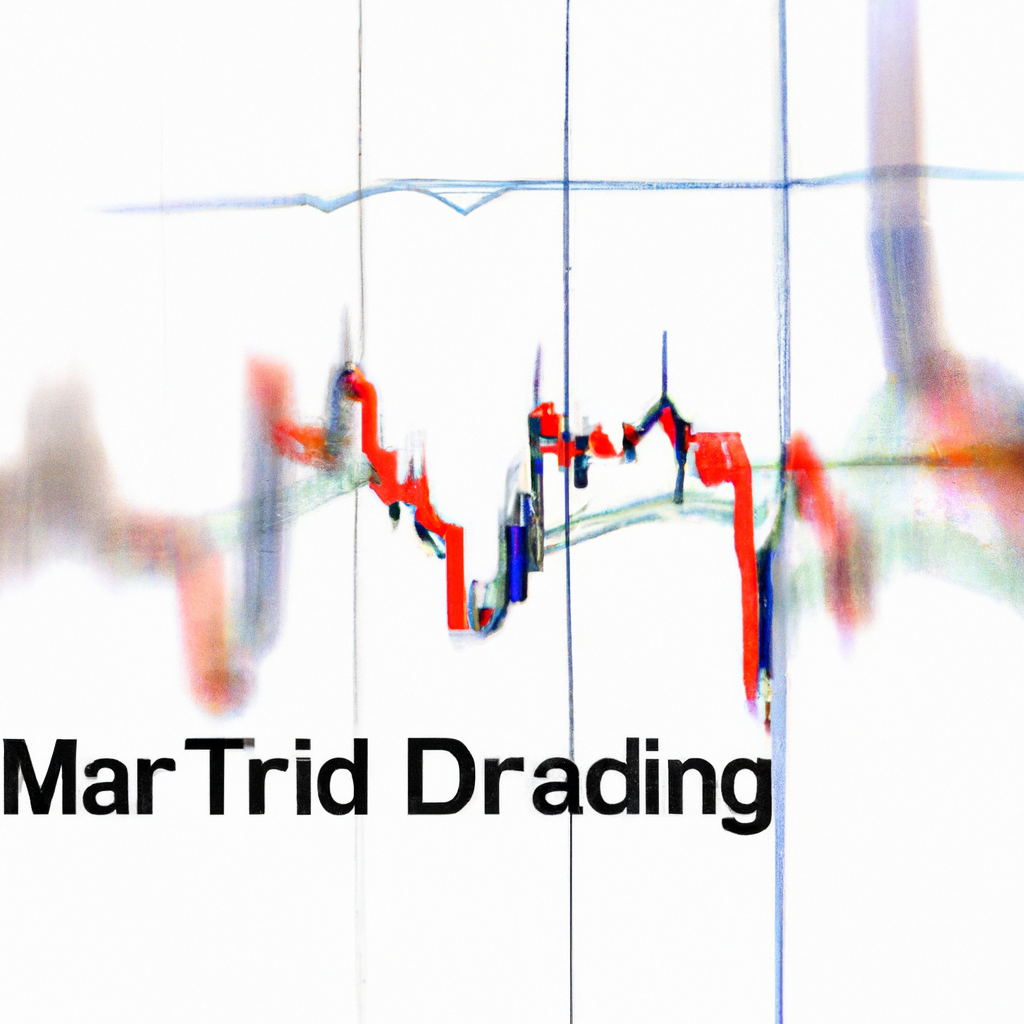Trading with MACD Crossovers: A Comprehensive Guide
Introduction
When it comes to technical analysis in trading, the Moving Average Convergence Divergence (MACD) indicator is a popular tool used by traders to identify potential buying or selling opportunities. One of the most effective ways to use the MACD is by analyzing its crossovers. In this article, we will delve into the concept of MACD crossovers and explore how traders can leverage them to make informed trading decisions.
Understanding MACD Crossovers
The MACD indicator consists of two lines: the MACD line and the signal line. The MACD line represents the difference between two exponential moving averages (EMAs), typically the 12-day EMA and the 26-day EMA. The signal line is a 9-day EMA of the MACD line.
A MACD crossover occurs when the MACD line crosses above or below the signal line. A bullish crossover happens when the MACD line crosses above the signal line, indicating a potential buying opportunity. Conversely, a bearish crossover occurs when the MACD line crosses below the signal line, signaling a potential selling opportunity.
Using MACD Crossovers for Trading
MACD crossovers can be utilized in various ways to enhance trading strategies. Here are a few common approaches:
1. Identifying Trend Reversals
MACD crossovers can be effective in identifying trend reversals. When a bullish crossover occurs, it suggests that the downtrend may be ending, and a new uptrend could be starting. Conversely, a bearish crossover indicates a potential end to an uptrend and a possible downtrend reversal. Traders can use these crossovers as signals to enter or exit trades, depending on their trading strategy.
2. Confirming Entry and Exit Points
Traders often use MACD crossovers as confirmation signals for their entry and exit points. For example, if a trader identifies a potential buying opportunity based on other technical indicators or chart patterns, they can wait for a bullish MACD crossover to confirm their entry. Similarly, a bearish MACD crossover can validate an exit point.
3. Divergence Analysis
Another way to utilize MACD crossovers is by analyzing divergences. Divergence occurs when the price of an asset moves in the opposite direction of the MACD indicator. Bullish divergence is observed when the price makes lower lows while the MACD makes higher lows. This suggests a potential bullish reversal. On the other hand, bearish divergence occurs when the price makes higher highs while the MACD makes lower highs, indicating a potential bearish reversal. Traders can use these divergences in conjunction with MACD crossovers to confirm their trading decisions.
4. Multiple Timeframe Analysis
MACD crossovers can be analyzed across multiple timeframes to gain a broader perspective. For instance, if a bullish crossover occurs on the daily chart and is supported by a bullish crossover on the weekly chart, it strengthens the bullish signal. Traders can use this approach to make more informed trading decisions and increase the probability of success.
Conclusion
MACD crossovers are a valuable tool in a trader’s technical analysis arsenal. By understanding and leveraging these crossovers, traders can identify potential trend reversals, confirm entry and exit points, analyze divergences, and conduct multiple timeframe analysis. However, it is important to remember that no single indicator can guarantee profitable trades. It is always advisable to combine MACD crossovers with other technical indicators, risk management strategies, and thorough market analysis to make well-informed trading decisions.
